NASA Hubble Image Captures Birth Of A Nebula
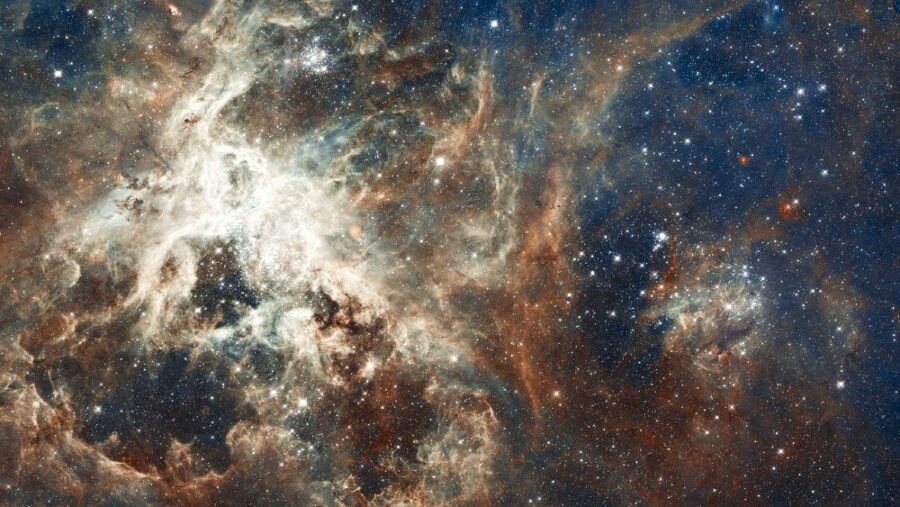
As technology continues to advance, the leaps and bounds that we are seeing in the field of science are almost unbelievable to behold. It seems like it is every other week now that we are hearing about some new breakthrough or discovery. In the case of NASA, their ability to see into the depths of space is now so powerful, that they have recently shared photos of infant stars being created from a nebula.
The Image
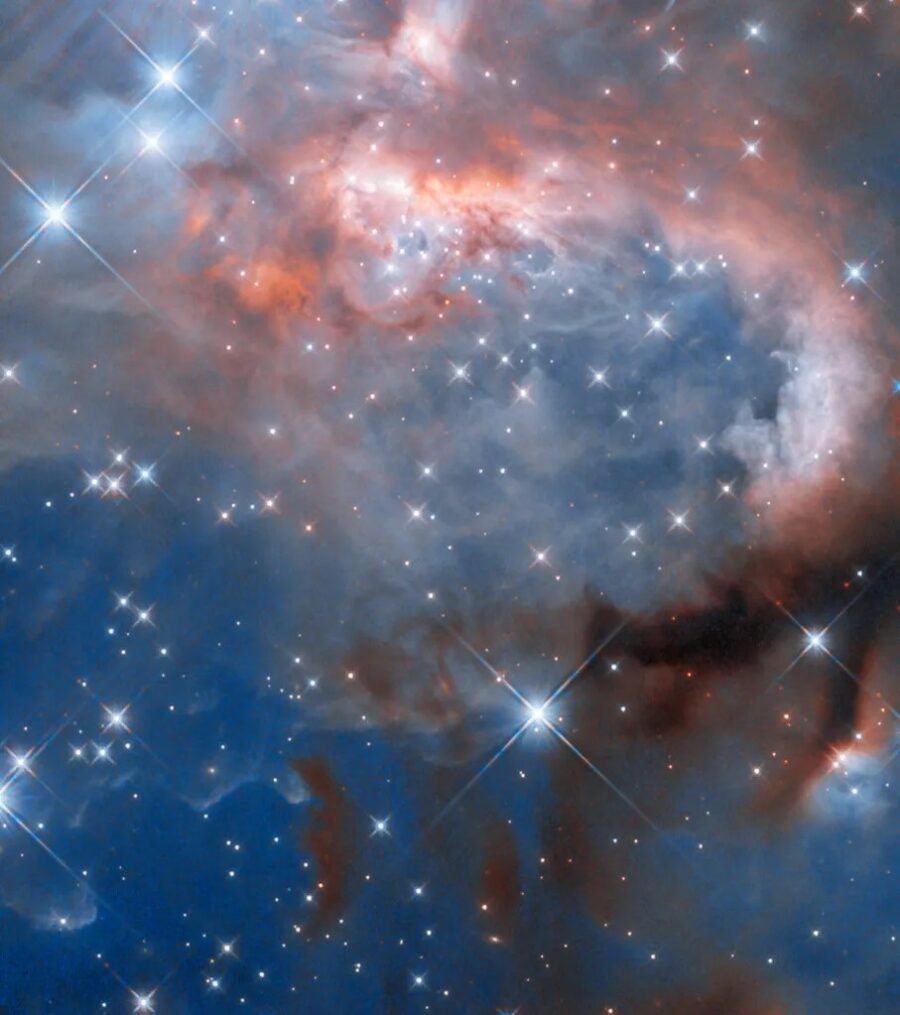
The image itself was captured via the Hubble Space Telescope, the famous observatory that has been orbiting the Earth since the ‘90s. This powerful telescope has been continuously updated with the latest technology and allows NASA to capture some of the deepest images of space that humanity has seen.
In this case, it allows workers at NASA to capture the process of a nebula beginning to transform into new stars.
RCW 7
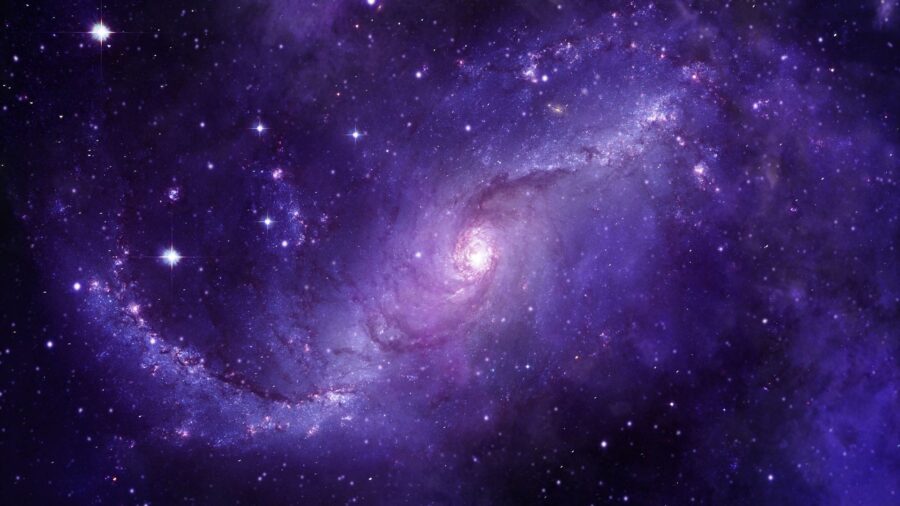
This particular nebula is named RCW 7 and is located more than 5,300 light years away from the Earth. A nebula itself is essentially interstellar gas and dust that collects together in space.
When under enough pressure from gravity, these clouds collapse in on themselves and just so happen to contain the materials needed to form new stars when those materials are merged. So this technology that NASA uses allows them to see the process by which it is most likely that every star in the sky was created.
Protostars
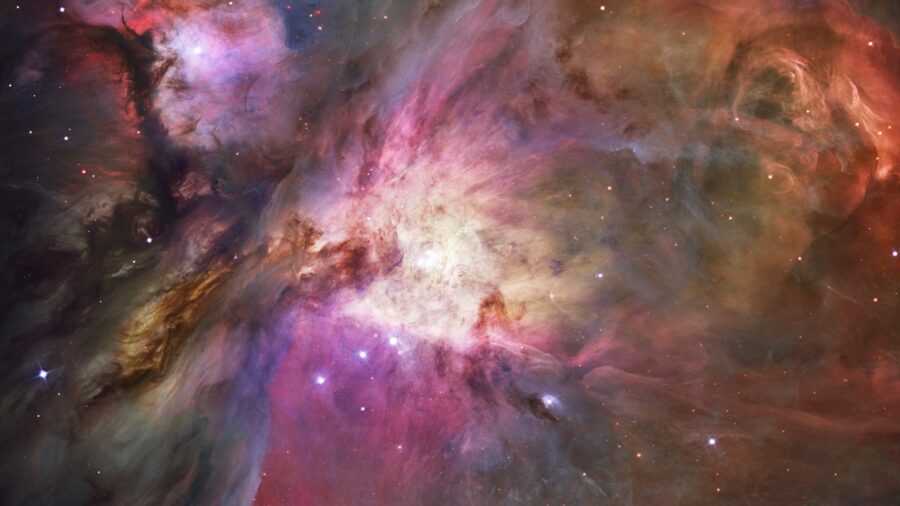
That alone is fascinating, but even more captivating is learning how these new stars (referred to as protostars) differentiate from older stars. When a nebula first collapses in on itself and gives birth to these protostars, they are already intensely bright as these are brand new stars yet to deplete their energy as they move closer to the end of their existence.
However, the protostars created by the nebula RCW 7 are said to be massive even by the standards of other protostars.
Scientists Are Learning So Much
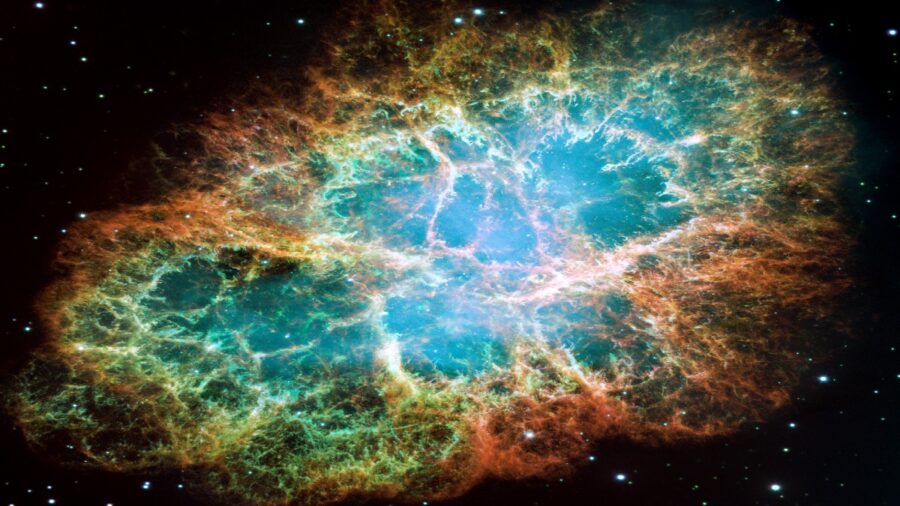
NASA has shared that these new protostars are now giving off strong radiation and stellar winds, which will mark the end of the nebula’s lifecycle as its gases are absorbed or dispersed by the new stars.
This entire process will continue for many years, until the massive new stars eventually meet the end of their lifecycle and ultimately explode in a supernova.
While scientists have been aware of this process in the past, it reveals so much new information to be able to see the process play out via the incredibly powerful cameras on the Hubble Space Telescope.
This allows NASA to observe the transformation of the nebula in its entirety and see these new stars officially become a part of our universe.
New Stars
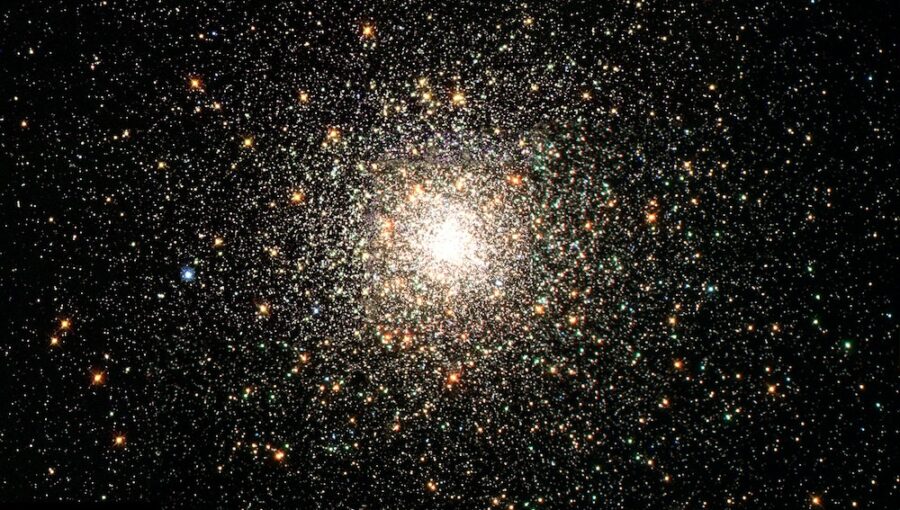
Any new stars that are created from the remaining materials of this particular nebula will have far less resources to draw upon and will not be able to reach the size of this first batch. As so much news from the science world focuses on disasters or looming dangers in the future, it is incredible to also see the ways in which the universe is growing and developing as well.
Source: NASA












